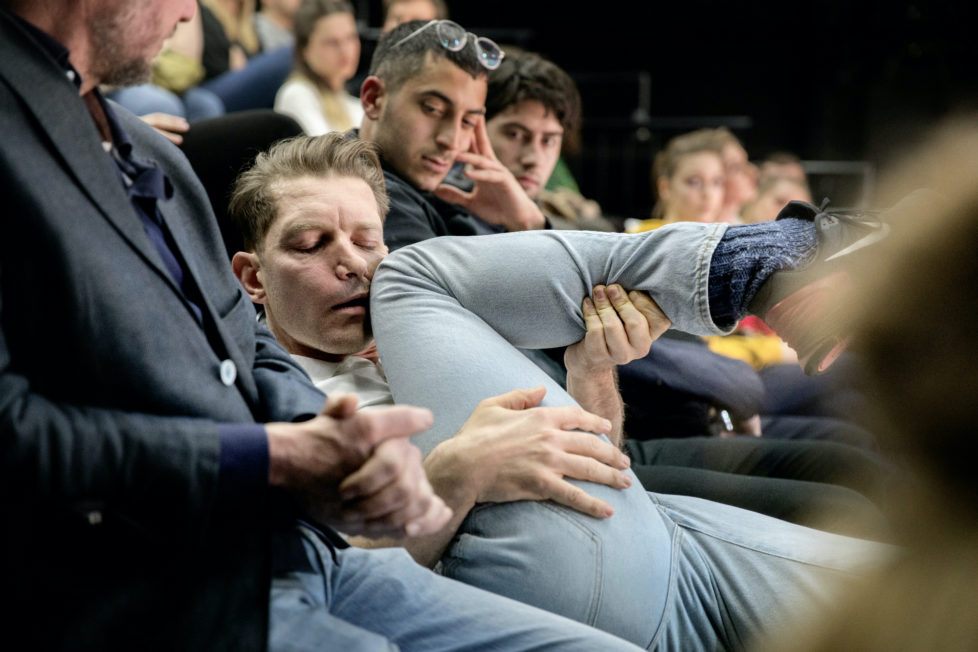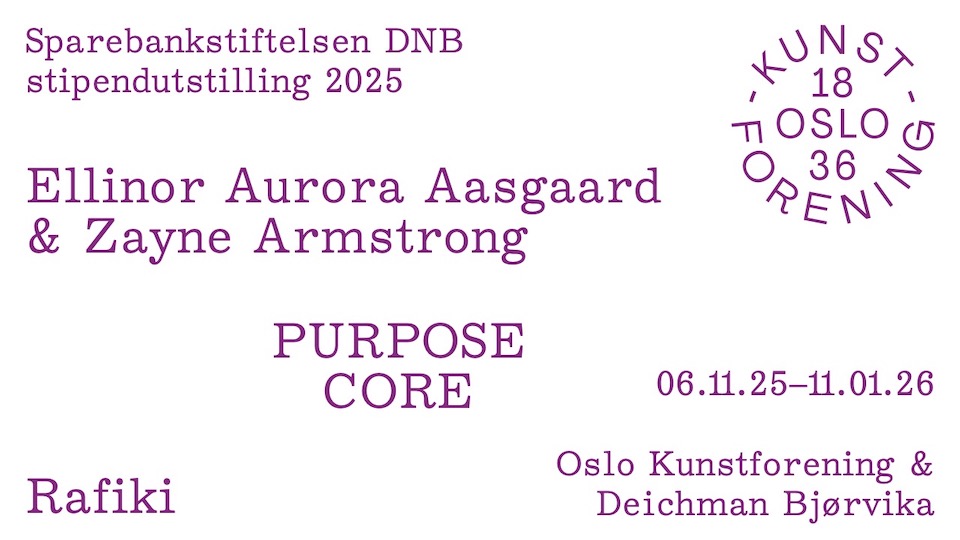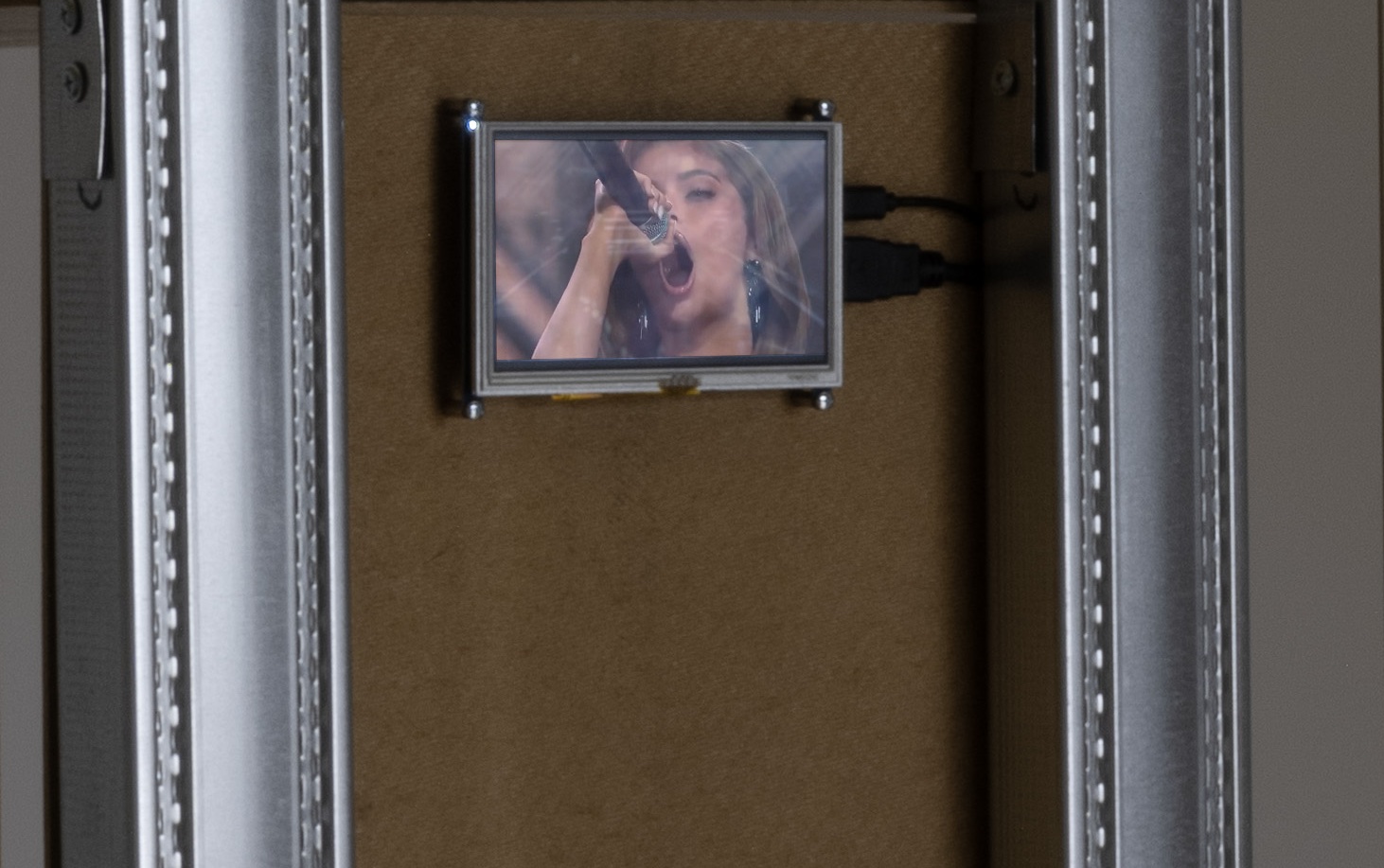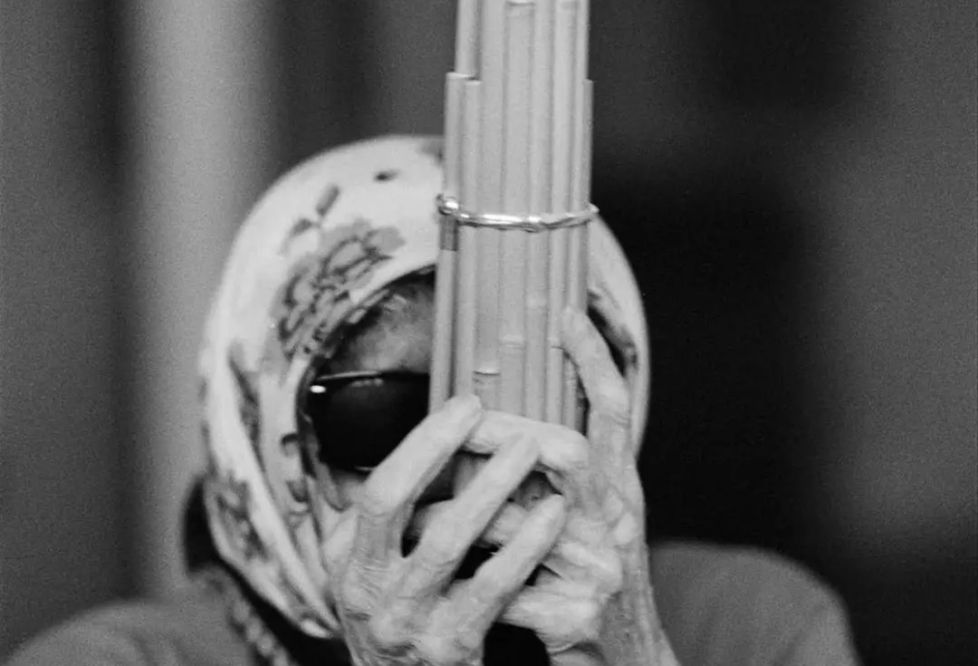
Daniel Mariblanca, For all my Dicks and Pussies, Bergen Assembly
In the performance For all my Dicks and Pussies by and featuring the dancer Daniel Mariblanca, normality was scrunched up and stretched out in a prolonged, emphatically physical, and poignant performance. Like several other works at this year’s instalment of the Bergen Assembly, Mariblanca’s performance examined the body as an ‘assembly’ of political and social forces where a hierarchy of acceptable behaviours holds sway. Owning your own body is a hard-won right.

Darcy Lange, Aire del Mar(Re-construction), 1988–94/2019, Bergen Assembly
Perhaps the very best work at Bergen Assembly, and the one that touched me most deeply, was a live re-creation of the performance Aire del Mar by Darcy Lange (1946–2005). Described as an audiovisual environmental opera, the work presents the struggles of the Maori and Roma people against the destruction of nature committed by the wider society, conveyed here by means of film clips and pictures as well as by precise and passionate dance and song. Here, flamenco is the song of those who are not allowed speak, the dance of those who have no homeland.

Political Parties, Bergen Assembly
Flamenco was also prominently featured in Political Parties, a separate exhibition put together by Pedro G. Romero and María García. Political resistance as partying, transgression, and sensuality was the connecting thread. One of the works on display, Vengo (2000), a feature film (or, rather, a musical) by Tony Gatlif, opens with people flocking to a concert featuring music heavily influenced by Moorish traditions. The protagonist is an ambivalent and charismatic figure who embraces his family with great love, but who also has obscure ties to the world of crime – a product of an archaic culture of gangsters and revenge. The inevitability of revenge makes for a tragic exit for the hero. Even so, you cannot live life without fiesta. In dance, bodies approach each other, fall into the same rhythm, share the song, the grief of life and the joys that come with it. At the party, the community finds a political space free of ideological governance. There is a special kind of resistance in not assimilating, in staying outside established society and its norms.
Sissel Lillebostad is Director of Kunsthuset Kabuso and curator at KORO. She has previously been the editor of e.g. Håndbok i Lyd (2018) and the journal NUMER.

































Leserinnlegg